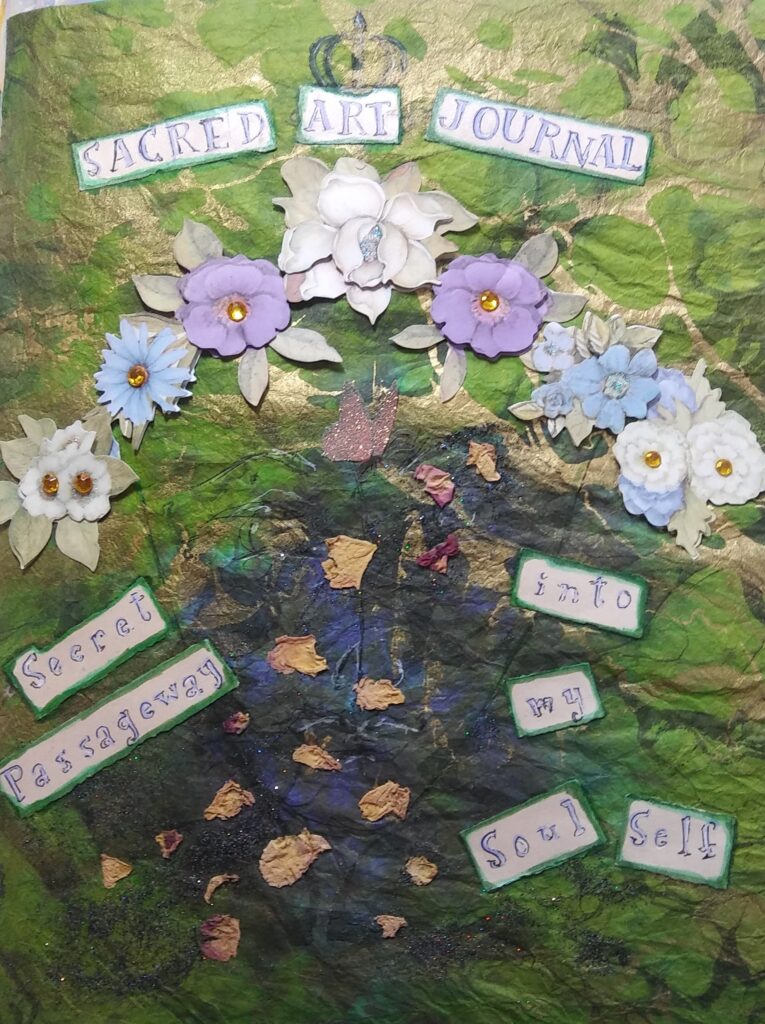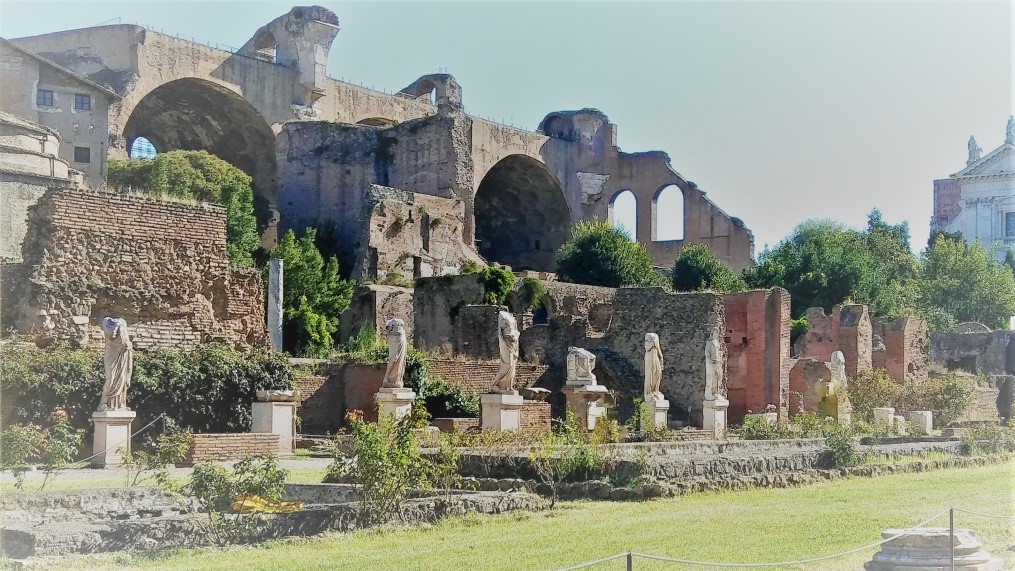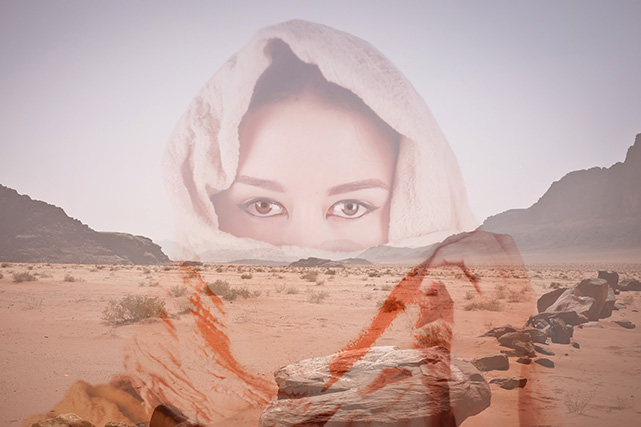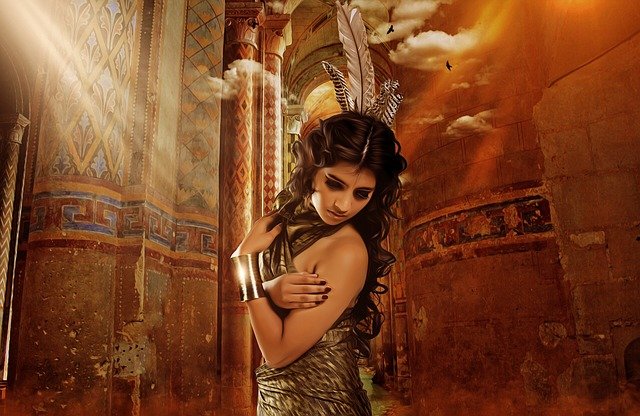Parallel to the development of Mary as “Mother Nature” in Christian art symbolism is the development of the equation of of Mary to the “Church” itself in terms of placing her within or near symbols of sacred architecture.
In the second century Tertullian and other church fathers likened her virginity to the bride in the Song of Songs (4:12) referring to her virginal state as an enclosed garden and a sealed fountain. As a result, in art we often see her placed within an enclosed garden (symbolic of her fertility despite her virginity), and as we have seen with gently flowing “spring” water behind her (symbolic of giving birth—again despite her virginity).


In art, since the Medieval period, Mary is often framed with cathedral style arches or other church architecture. If we look at the Marian doctrine being produced by Church fathers at this time, The Church is becoming Mary by virtue of its “virgin motherhood” as unequivically stated of Ambrose of Milan in the 4th century.
Note again, The Virgin of the Apocalypse with Saints and Angels, 1391 by Giovanni del Biondo—Mary’s association with the Woman of the Apocalypse is framed by the physical confines of the Church as an institution. Mary is not only “in” the church at this time, she is actually becoming the church, or perhaps more appropriately stated, the Church is becoming her.

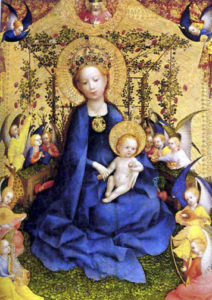
What is actually happening here is that in the patriarchal Church structure, Mary becomes the “new” ancient goddess of the moon, stars, sky, earth, sea, and nature in general.
However, at the same time she is becoming more and more of a metaphor for the Church – Mary’s role as cosmological mother of nature is collated with her virginity, the fountain—spring that is controlled by the Church “fathers.” She is contained in the Church gardens, which is symbolic of the Magisterium’s control of Mother Nature.

Consider the architectural arrangement of many Christian Churches or Cathedrals. The rotund ones resemble the ancient goddess – pregnant mother of creation icons. It is not accidental that the baptismal font is placed just inside the entrance — in the case of the Steinhausen Pilgrimage Church, it is just between the legs, where “new life” is given by the male officiant.
The ceiling of this same church is a magnificent fresco of Mary being assumed into heaven under the power of God and her son, Jesus. This symbolically makes her body the church’s body, wherein God not only takes over the power of the Goddess, but the male priesthood now takes on the gown, birthing, and feeding of humanity.
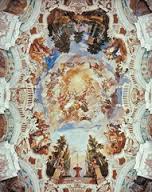
Though the writers of Church doctrine were careful to distinguish between Mary and the ancient goddesses – in art, and in the Christian deep consciousness, Mary assumed the attributes of the ancient goddesses that controlled human, birth, death, and the constant regeneration of life. Like them, she is symbolized by the moon, stars, sky, earth, sea, nature in general.
At the same time in Christian history, as she becomes a metaphor for the “mystery” of the body of the Church – Mary’s stature as cosmological mother of nature became more and more entwined with developing doctrine about her virgin motherhood, until the Church eventually takes on the characteristics of a Virgin birthing, life-giving and sustaining Mother.

I know this is controversial, so feel free to share any thoughts or comments you might have about this.
Facebook
Twitter

